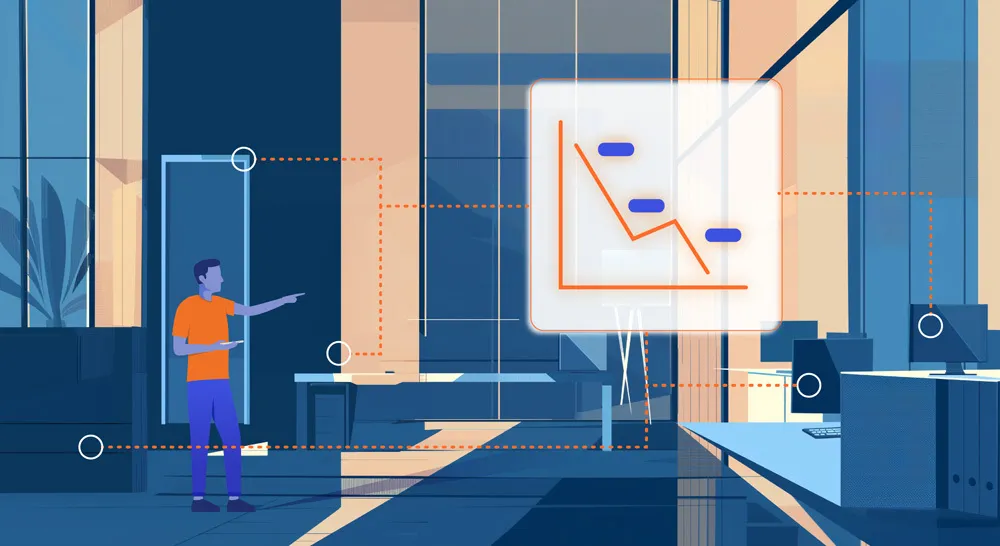
Empowering Cybersecurity with Forensic Precision: Navigating Legal, Insurance, and Incident Response Challenges
For professionals tasked with protecting sensitive data and maintaining the integrity of networks, understanding the intricacies of digital forensics is essential. At CYPFER, we leverage cutting-edge forensic techniques to unravel complex cyber incidents, providing clarity and actionable intelligence to our clients.
What is Digital Forensics?
Digital forensics involves the preservation, identification, extraction, documentation, and interpretation of computer data. It’s a crucial process in investigating cybercrimes such as data breaches, insider threats, and ransomware attacks. By uncovering the digital footprints left by threat actors, forensics professionals can reconstruct the sequence of events, identify perpetrators, and help organizations mitigate future risks.
The Digital Forensics Process:
The forensic process typically involves several key stages:
- Identification: Recognizing potential sources of evidence, such as devices, network logs, and cloud environments.
- Preservation: Ensuring that evidence is preserved in its original state to avoid contamination or tampering.
- Analysis: Employing specialized tools and techniques to extract and examine data, looking for indicators of compromise (IoCs) and other evidence.
- Documentation: Meticulously recording the findings to ensure they are admissible in legal proceedings if necessary.
- Reporting: Providing a comprehensive report detailing the findings, including recommendations for remediation and prevention.
The Importance of Chain of Custody
Maintaining a clear chain of custody is critical in digital forensics. This ensures that the evidence collected is credible and can be used in court if needed. A break in this chain could compromise the integrity of the evidence, potentially hindering legal action against cybercriminals.
Forensic Tools and Techniques
Cybersecurity professionals must be familiar with a range of forensic tools and techniques to effectively investigate incidents. Some of the most widely used tools include:
- EnCase: A powerful tool for disk imaging and analysis.
- FTK (Forensic Toolkit): Known for its efficiency in handling large volumes of data.
- Wireshark: Essential for analyzing network traffic and identifying suspicious activity.
- Volatility: A memory forensics tool used to analyze RAM dumps and detect malware.
Challenges in Digital Forensics
Digital forensics is not without its challenges. The sheer volume of data, encryption, anti-forensics techniques employed by cybercriminals, and the rapidly changing technology landscape can all complicate investigations. Staying current with the latest trends and tools is essential for professionals in this field.
Forensics, Law, and Insurance: A Crucial Collaboration Digital forensics plays a pivotal role in the intersection of cybersecurity, law, and insurance. In legal contexts, forensic evidence is often the cornerstone of a successful prosecution or defense in cybercrime cases. Properly handled forensic data can substantiate claims, identify perpetrators, and provide the necessary evidence for litigation.
Forensics also works closely with insurance providers, particularly in the context of cyber insurance claims. When an organization experiences a breach, the forensic investigation is essential in determining the scope of the incident, identifying the cause, and providing the evidence required for insurance claims. This collaboration ensures that organizations receive the coverage they are entitled to while helping insurers assess risk and validate claims accurately.
Forensics in the Cyber Incident Response Cycle
Forensics is integral to the cyber incident response cycle, serving as a critical component from detection to recovery. Here’s how it fits within the cycle:
- Preparation: During this phase, forensics helps organizations establish protocols and tools necessary for effective incident response. This includes setting up systems for evidence preservation and training staff on best practices.
- Detection and Analysis: Once an incident is detected, forensic experts work swiftly to analyze the breach, determine its origin, and assess the extent of the damage. This phase is crucial for containing the threat and preventing further damage.
- Containment and Eradication: Forensic analysis informs the containment strategy, helping to isolate affected systems and remove malicious actors from the network. This ensures that the threat is neutralized without compromising critical evidence.
- Recovery: After the threat is eradicated, forensics plays a role in verifying that systems are clean and secure before they are brought back online. This step is essential in preventing a recurrence of the incident.
- Post-Incident Review: Finally, forensic findings are reviewed to understand what happened, how it happened, and what can be done to prevent future incidents. This information is invaluable for refining security measures and improving response strategies.
How CYPFER Uses Forensics
At CYPFER, we integrate digital forensics into our broader cybersecurity strategy to provide comprehensive protection to our clients. Whether it’s responding to a data breach, investigating insider threats, or analyzing the aftermath of a ransomware attack, our forensic experts work meticulously to uncover the truth and support our clients through every stage of the recovery process.
The Future of Digital Forensics
As cyber threats continue to evolve, so too will the field of digital forensics. The rise of artificial intelligence and machine learning presents both opportunities and challenges for forensics professionals. These technologies will enable more sophisticated analysis of vast datasets, but they will also be leveraged by threat actors to develop more advanced attack vectors.
For cybersecurity professionals, understanding and utilizing digital forensics is no longer optional—it’s imperative. The insights gained from forensic investigations can be the difference between a swift resolution and prolonged business disruption. At CYPFER, we are committed to staying at the forefront of forensic technology and techniques, ensuring that our clients receive the highest level of protection and support.
If your organization is facing a cyber incident or you want to bolster your forensic capabilities, contact CYPFER today. Our team of experts is ready to provide the clarity and certainty you need to navigate the complexities of the digital landscape.
Cyber Certainty™ with CYPFER: Your trusted partner in forensic investigations.
Your Complete Cyber Security Partner:
Every Step, Every Threat.
At CYPFER, we don’t just protect your business—we become part of it.
As an extension of your team, our sole focus is on cyber security, ensuring your peace of mind. From incident response and ransomware recovery to digital forensics and cyber risk, we integrate seamlessly with your operations. We’re with you 24×7, ready to tackle threats head-on and prevent future ones.
Choose CYPFER, and experience unmatched dedication and expertise. Trust us to keep your business secure and resilient at every turn.

Get Cyber Certainty™ Today
We’re here to keep the heartbeat of your business running, safe from the threat of cyber attacks. Wherever and whatever your circumstances.
Contact CYPFER





